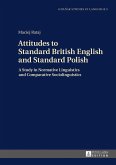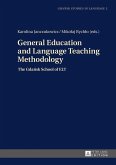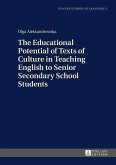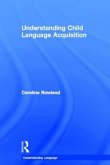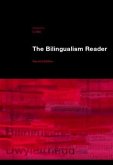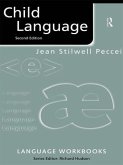The author investigates the development of children raised bilingually or multilingually. Parents and caregivers completed a questionnaire, providing information on 36 children growing up with two or more languages. Their responses indicate that bilingual and multilingual children usually develop as well as their monolingual peers, and sometimes even better. Some drawbacks of early bilingualism or multilingualism, such as a slight delay in the onset of speech production or asymmetrical language competences, are compensated for by several benefits of early acquisition of two or more mother tongues and early contacts with two or more cultures.
«It is obvious that the book by Zofia Chlopek is a valuable text for those scholars whose research interests are in multilinguality since the book comprises a detailed and in-depth collection overviewing both theory and experimental studies in the area, accompanied by a critical appraisal of their merits. The book also presents the instruments used for the collection of the data and enjoys great practicality for interested readers and researchers in this area of enquiry. The book would therefore be particularly helpful as a reference book for those researchers for whom more recent publications on multilinguality are not easily accessible.»
(Leila Ahmadpour, LINGUIST LIST Oct. 2017)
Full review
(Leila Ahmadpour, LINGUIST LIST Oct. 2017)
Full review



